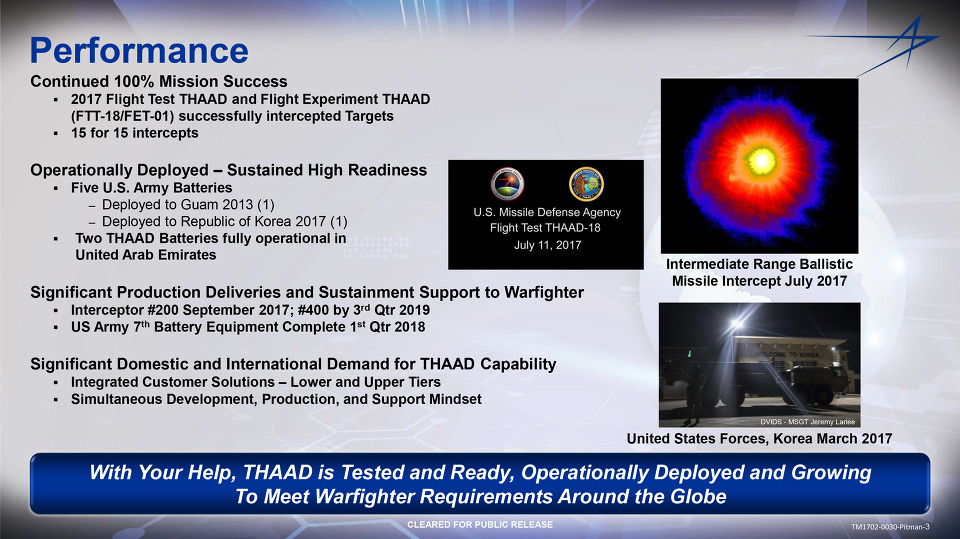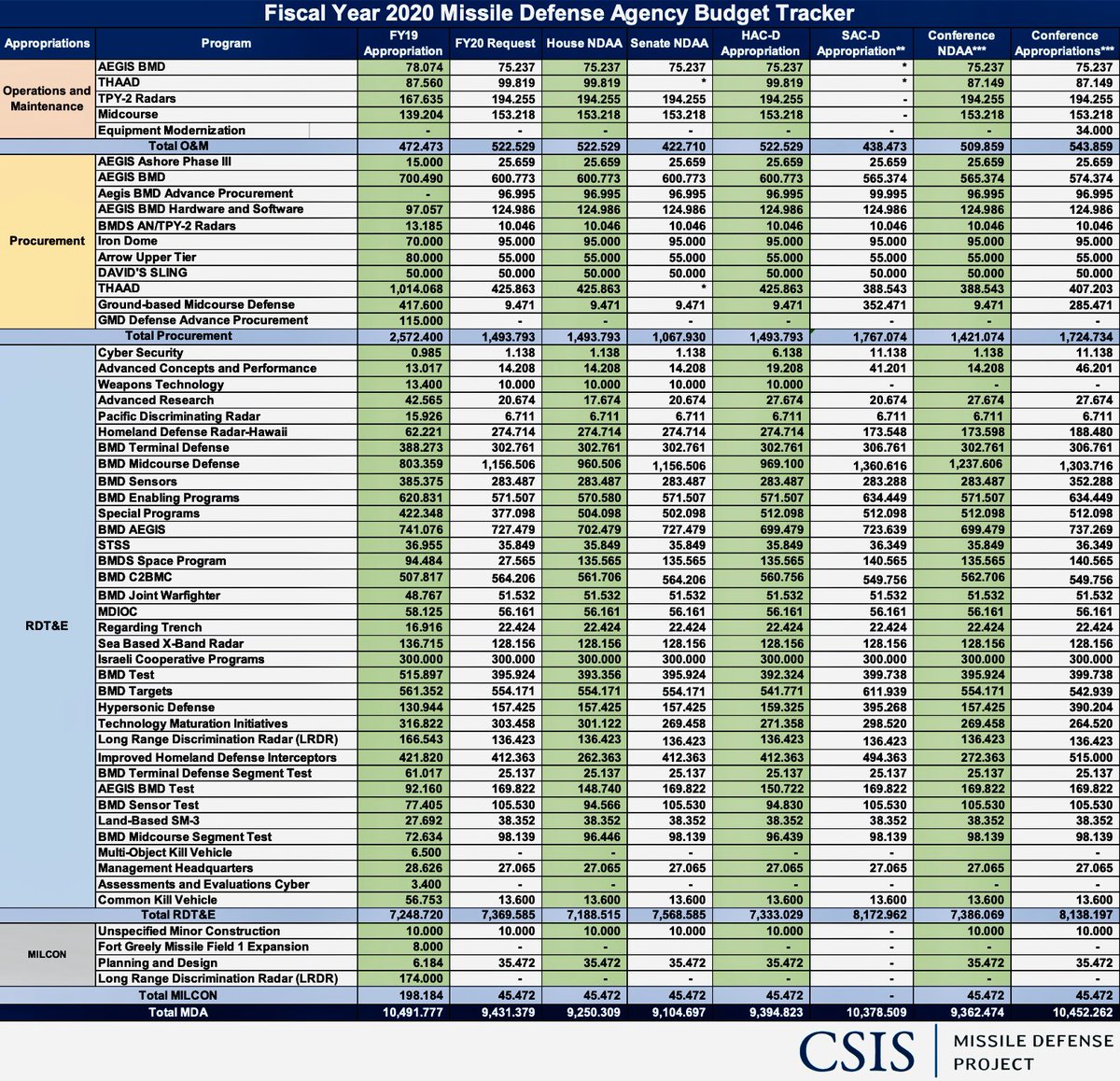Hindustani78
BANNED

- Joined
- Apr 8, 2014
- Messages
- 40,471
- Reaction score
- -47
- Country
- Location
http://www.thehindu.com/news/international/us-plans-first-icbm-defence-test/article18591143.ece
Washington, May 27, 2017 21:13 IST
Updated: May 27, 2017 21:13 IST
Pentagon will try to shoot down an intercontinental-range missile for the first time in a test next week.
Preparing for North Korea’s growing threat, the Pentagon will try to shoot down an intercontinental-range missile for the first time in a test next week. The goal is to more closely simulate a North Korean ICBM aimed at the U.S. homeland, officials said on Friday
The American interceptor has a spotty track record, succeeding in nine of 17 attempts against missiles of less-than-intercontinental range since 1999. The most recent test, in June 2014, was a success, but that followed three straight failures.
The system has evolved from the multibillion-dollar effort triggered by President Ronald Reagan’s 1983 push for a “Star Wars” solution to ballistic missile threats during the Cold War when the Soviet Union was the only major worry.
North Korea is now the focus of U.S. efforts because its leader, Kim Jong-un, has vowed to field a nuclear-armed missile capable of reaching American territory. He has yet to test an intercontinental ballistic missile, or ICBM, but Pentagon officials believe he is speeding in that direction.
Marine Lt. Gen. Vincent Stewart, director of the Defense Intelligence Agency, said this week that “left unchecked”, Mr. Kim will eventually succeed.
The Pentagon has a variety of missile defence systems, but the one designed with a potential North Korean ICBM in mind is perhaps the most technologically challenging. Critics say it also is the least reliable. The basic defensive idea is to fire a rocket into space upon warning of a hostile missile launch. The rocket releases a 5-foot-long device that uses internal guidance systems to steer into the path of the oncoming missile’s warhead, destroying it by force of impact.
Washington, May 27, 2017 21:13 IST
Updated: May 27, 2017 21:13 IST
Pentagon will try to shoot down an intercontinental-range missile for the first time in a test next week.
Preparing for North Korea’s growing threat, the Pentagon will try to shoot down an intercontinental-range missile for the first time in a test next week. The goal is to more closely simulate a North Korean ICBM aimed at the U.S. homeland, officials said on Friday
The American interceptor has a spotty track record, succeeding in nine of 17 attempts against missiles of less-than-intercontinental range since 1999. The most recent test, in June 2014, was a success, but that followed three straight failures.
The system has evolved from the multibillion-dollar effort triggered by President Ronald Reagan’s 1983 push for a “Star Wars” solution to ballistic missile threats during the Cold War when the Soviet Union was the only major worry.
North Korea is now the focus of U.S. efforts because its leader, Kim Jong-un, has vowed to field a nuclear-armed missile capable of reaching American territory. He has yet to test an intercontinental ballistic missile, or ICBM, but Pentagon officials believe he is speeding in that direction.
Marine Lt. Gen. Vincent Stewart, director of the Defense Intelligence Agency, said this week that “left unchecked”, Mr. Kim will eventually succeed.
The Pentagon has a variety of missile defence systems, but the one designed with a potential North Korean ICBM in mind is perhaps the most technologically challenging. Critics say it also is the least reliable. The basic defensive idea is to fire a rocket into space upon warning of a hostile missile launch. The rocket releases a 5-foot-long device that uses internal guidance systems to steer into the path of the oncoming missile’s warhead, destroying it by force of impact.



















































